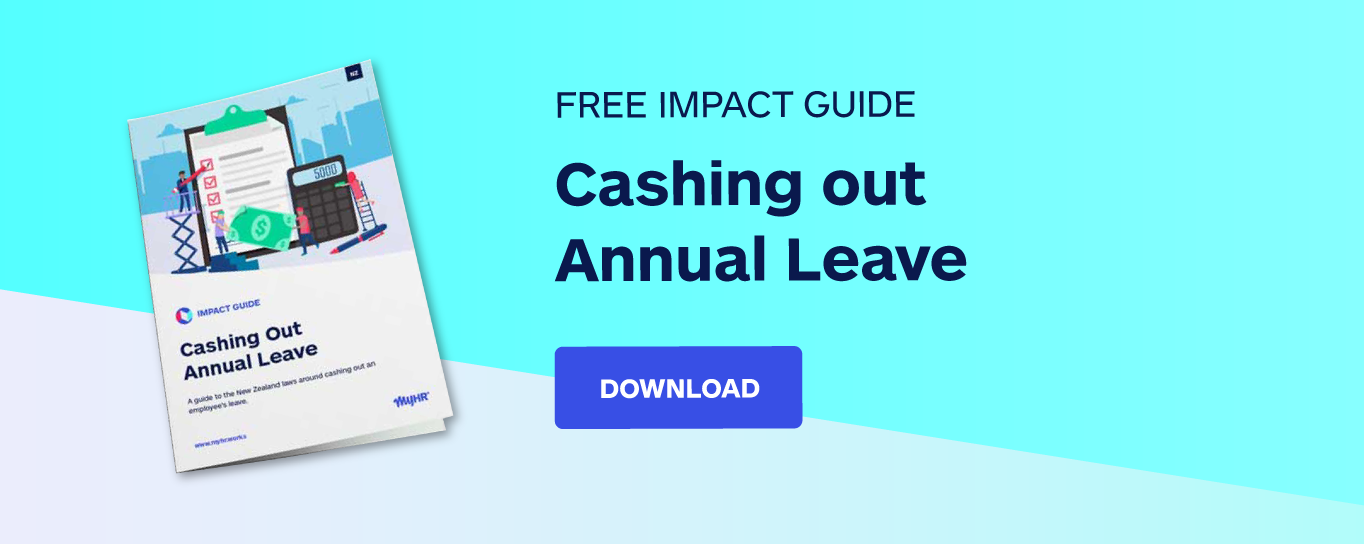If you asked people what things are fundamentally important in their working lives, getting paid and taking leave are bound to be at the top of the list.
Earning money is the basic premise for going to work and, by law, all employees must be paid at least the minimum wage for their labour. If a person isn't paid the right amount or doesn't get it when they should, then they are going to get disgruntled with their employer pretty fast.
The same goes for taking time off. The ability to take leave is enshrined in employment law because it helps give employees a balance between work and other aspects of their lives. Time away from work – whether it is for a holiday, family reasons, or just to recuperate – is vital to everyone's health. It keeps people fresh and focused, reduces stress, and improves morale and productivity.
Most businesses understand how important these things are and they invest a lot of time and resources in managing leave and payroll. But despite the attention, it's not always easy to get them right. Payroll involves a lot of data: keeping record of the hours each employee works, calculating how much they should be paid, what deductions to make for tax or other payments, and ensuring they get the money they've earned when they should.
Leave similarly takes a lot of processing, marrying up leave requests with leave balances and legal entitlements, handling requests, then making the right calculations for payments (over to payroll again).
At every step, there's the potential for errors – especially if any parts of the process are handled manually – and mistakes can cost a lot more than getting offside with your workforce. No company wants the Inland Revenue Department (IRD) or the Ministry of Business, Innovation, and Employment (MBIE) breathing down its neck because it made miscalculations or paid employees incorrectly.
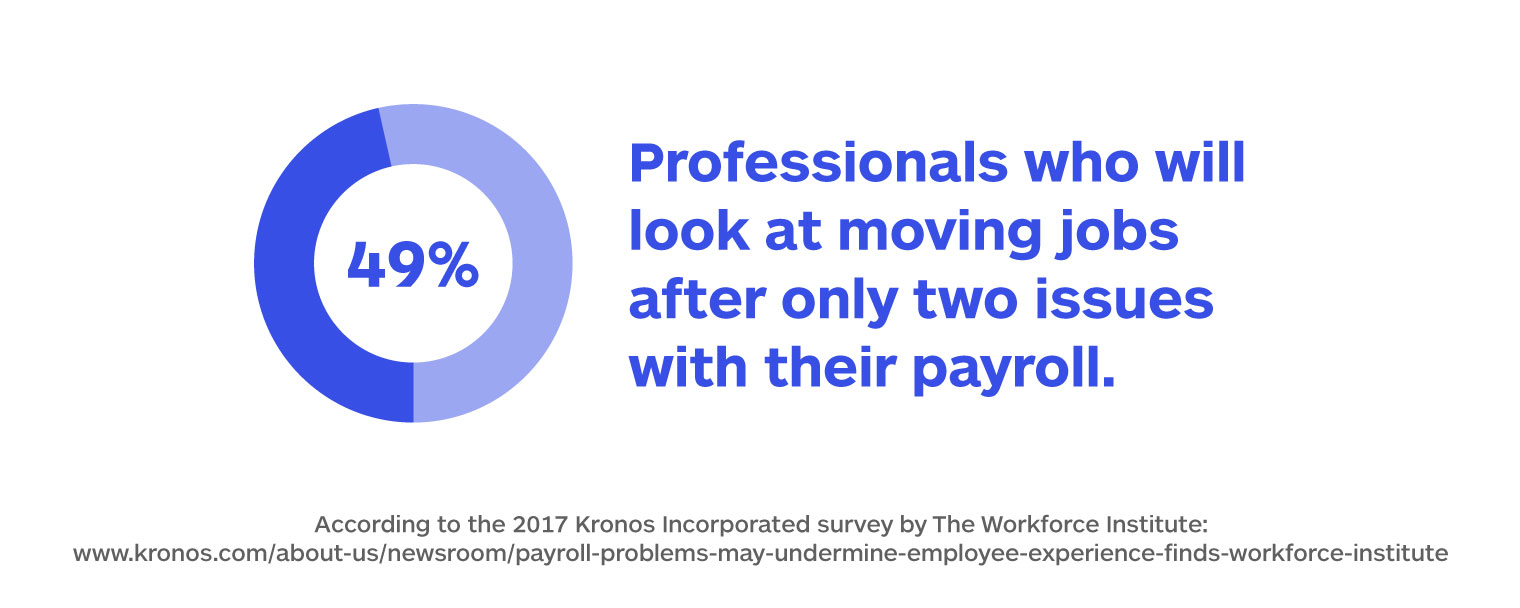
In this white paper, we take a good look at managing leave and payroll, why it's essential to do them correctly, and ways your business can make both processes easier and more accurate.
Why you need to effectively manage leave
For a small company with a few employees, keeping track of leave might seem fairly easy. An employee asks for time-off, the business checks this against their leave balance and entitlement, and either approves or denies the request.
But factor in that different types of leave have different rules for calculating entitlements and payments – whether it's annual leave, parental or sick leave, or public holidays – and suddenly the job of tracking and managing leave becomes a much more complicated task. Especially for a large enterprise or a company with employees that work irregular hours or schedules.
Under the Holidays Act 2003, businesses are legally bound to grant each employee their correct leave entitlements and pay them when they are entitled to it. Employers must also keep accurate records of the leave each employee accrues and takes, as well as the daily hours they work and the pay for those hours.
Having an accurate, efficient leave management system is crucial for reducing or eliminating errors and keeping your business on the right side of the law.
In recent years, there have been numerous high-profile cases of organisations coming a cropper by not managing and paying leave properly, and employers can end up owing large backdated leave payments or incur fines from the Labour Inspectorate or Employment Relations Authority (ERA) for not complying.
Aside from helping meet your legal obligations, effective leave management helps keep your company running smoothly and can lead to a reduction in costs.
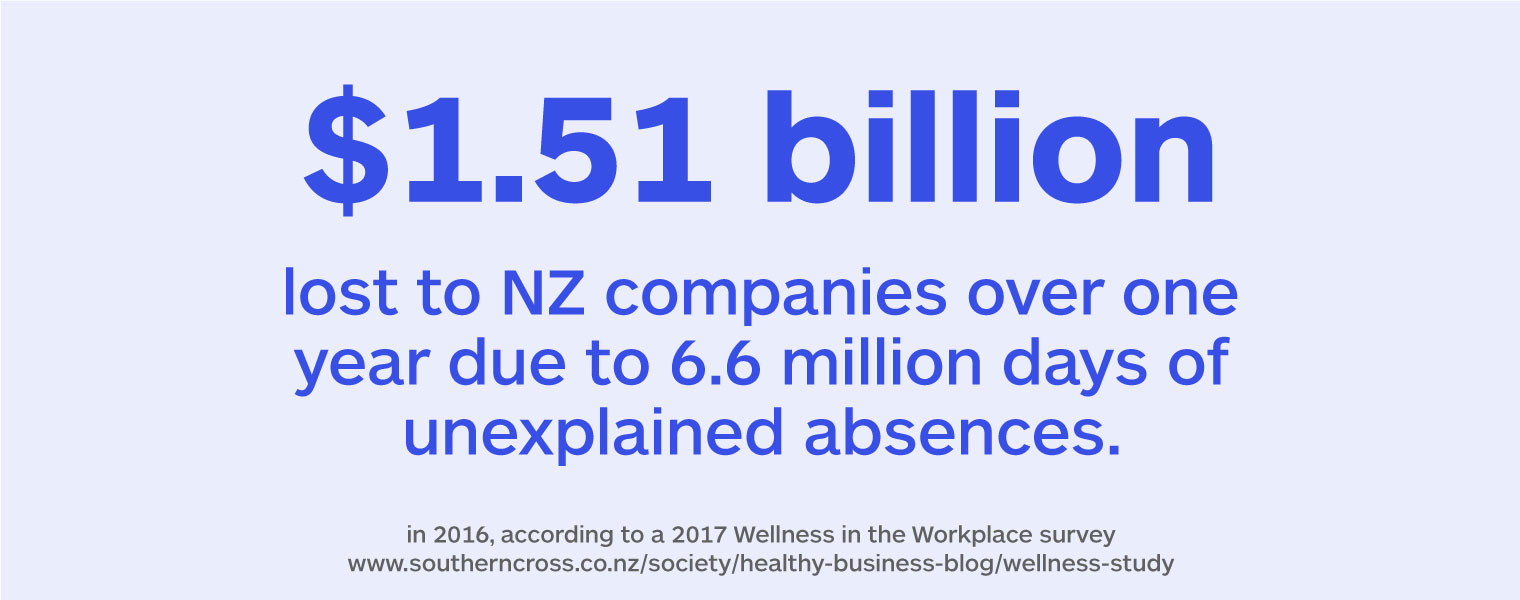
Employees taking time-off has a significant financial impact on a company’s bottom line, with added expenses like finding, paying, and managing contractors or temporary workers, or having existing employees do overtime.
If you properly plan your team members' leave, you can do your utmost to ensure you have sufficient cover, rather than having to scramble and risk getting caught short. Your employees will likely forgive situations beyond management's control, such as a virulent cold, but no one wants to regularly have their workload increase because the company didn't properly plan holiday cover.
Good planning will help the business maintain productivity and the quality of its goods or services, which will then keep your customers satisfied.
Ensuring your people get the right amount of time-off also keeps them healthy and happy. Taking leave from work is essential for everyone: it improves work-life balance, reduces stress (and unscheduled days off), and strengthens long-term performance.
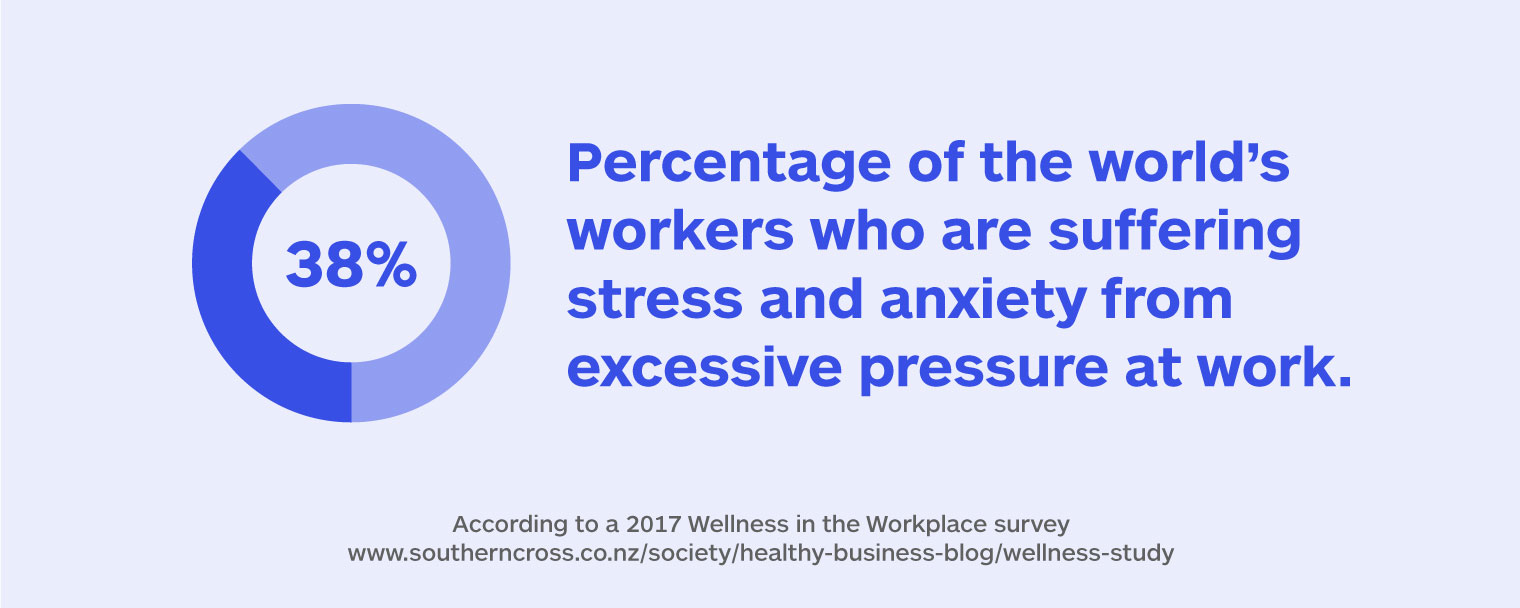
If employees know their leave requests are handled fairly and that they are getting their proper leave entitlements, they will have more confidence and trust in your business, which will further motivate them to help you succeed.
Handling payroll
Like efficient leave management, paying employees correctly and on time needs to be taken seriously if your business is going to be successful.
For starters, there are a raft of legal obligations all companies must meet under the various laws that cover payroll processes, including the Wages Protection Act 1983, the Minimum Wage Act 1983, the Income Tax Act 2007, the Employment Relations Act 2000, and the Holidays Act.
At its most basic, your payroll process must ensure you pay your employees the amount (at least the minimum wage) and at the frequency agreed to in their employment agreement, using the agreed method (cash is the legal default).
You have to make deductions to cover things like PAYE (including the ACC earners' levy) for employees or tax on schedular payments (formerly withholding payments) for certain contractors. Then there are deductions that may be needed for KiwiSaver, ESCT (employer superannuation contribution tax), child support, student loan repayments, payroll giving, and any bonuses, allowances, and special benefits that you pay.
You also need to keep record of the number of hours each employee works each day in a pay period and the pay for those hours (a statement of those hours and pay is enough if the hours are regular), as well as holidays and leave, and retain them for at least 6 years.
The amount of work in running and documenting payroll even for a small business requires plenty of time and resource, especially if you handle the process in-house using manual (or semi-manual) systems. But think of the impact cutting corners or having sub-par practices might have on the company.
Employers and management are the ones ultimately responsible for any payroll mistakes, and failure to calculate and pay people correctly could result in arrears being due or fines from a Labour Inspector, the ERA, or IRD, as well as any interest and potential legal fees.
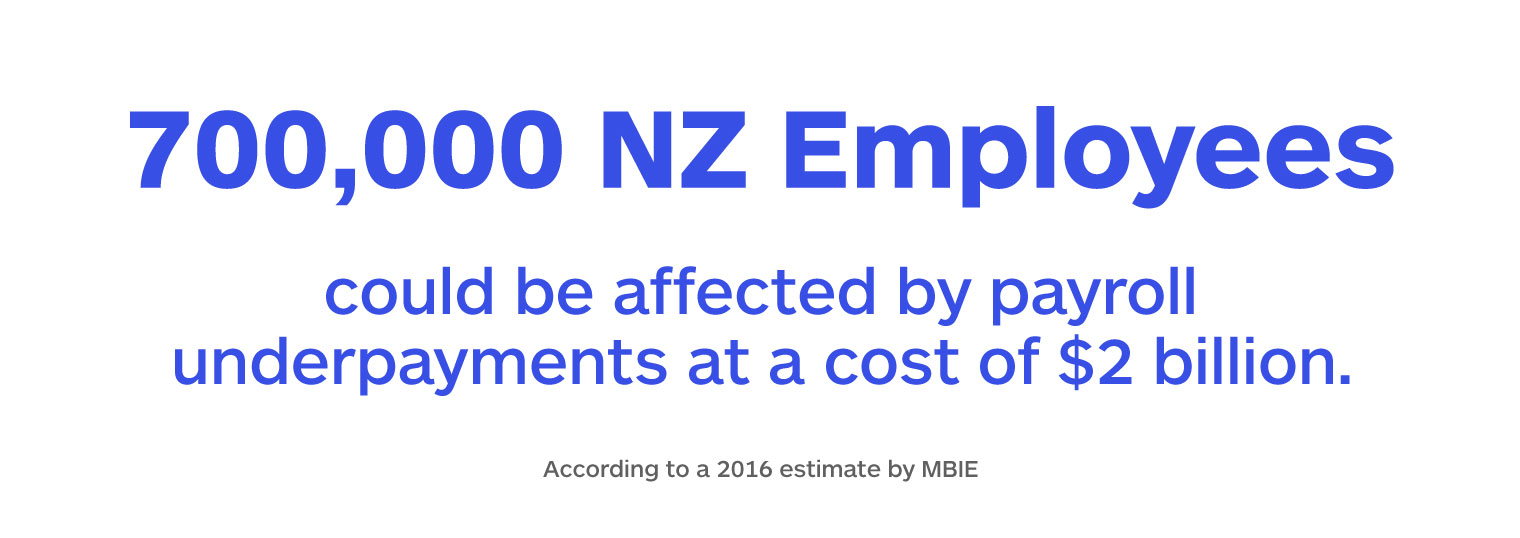
Your workers depend on their income and any pay mistakes will adversely affect their morale and loyalty to the company. A US study by the Workforce Institute at Kronos found that 49% of workers would start looking for a new job after experiencing just two problems with their pay (24% would look for a new job after the first payroll mistake).
So regardless of whether your business handles its own payroll or uses an outside service provider, the person or team in charge of payroll is critical to your company.
Timekeeping and pay records always need to be up-to-date and accurate. Any variations to an employee's hours, pay, or working arrangements must be recorded and any change to the day or frequency of payment must have their written consent. Employment laws also change frequently, so the business needs to be aware of and continue to meet its obligations.
Vigilance is key. If you assume rather than check that the numbers and records are correct, there is a good chance errors will creep in over time.
With an accurate, efficient payroll system, good information going in should guarantee good results coming out. This will help keep you on the right side of your people and the law, and also give you much deeper insight into your labour costs, which can have a big impact on hiring and investment decisions, and long-term profitability.
Using technology to make it easier
Instead of relying on manual processes to handle payroll and leave management in-house, an increasing number of businesses are opting to use software solutions or third-party service providers.
Manual systems that rely on things like paper forms, emails, and spreadsheets are risky because they are laborious to maintain, vulnerable to errors, and make it harder to stay on top of record-keeping requirements.
Digital systems can eliminate manual processing and reduce paperwork, which makes managing leave and running payroll simpler, quicker, more accurate, and in most cases, cheaper.
When an employee wants to take leave, rather than filling in a form that they give to their manager for approval, a computerised leave management system makes the whole process seamless, not just the request and its approval or rejection, but also accurately managing leave balances and fairly providing entitlements.
Automation reduces overall administration and employee self-service provides transparency, which helps promote better trust in the business.
Another benefit is the insight of real-time data, so management can easily access consolidated leave information for analysis, reporting, and financial planning. If any issues come to light, you have the chance to work on solutions with your employees.
Digital payroll systems offer similar advantages, automating many functions, allowing employees access to view and update their own details, and providing the business with better records and more detailed data.
Digital information is easier to store, back up, and restrict access to, which is important given the personal nature of payroll and leave records.
The information is also easier to share. Using payroll software will make it much easier to meet the new requirement for businesses that pay more than $50,000 annual PAYE and ESCT to file payroll information to IRD electronically after every payday (known as 'payday filing'). Software can make the sending of files automatic, instead of having to upload them to the IRD website each time you pay your employees.
As with any business decision, it's worth taking to time to investigate the choices available so you get the solution that best meets the company’s requirements. NZ's employment legislation is unique so make sure the system or systems are designed and configured for our business environment.
Remember, the employer is still responsible for ensuring the system is set up correctly and is kept up-to-date and accurate. Good third-party providers should be keen to configure the system to your unique needs, and keep you abreast of legislative changes and potential security threats, but any failure on their part will not absolve you of the duty to correctly manage pay and leave, and to keep your employees' confidential information safe.
Similarly, decisions about things like what a regular working week is (for calculating an employee’s ordinary weekly pay) must be agreed on by you and your employee and loaded in to the system.
Integration with your other business and HR software should further ensure all employee data is accurate and that you're legally compliant.
Integrating leave and payroll
Once you have made the switch to using software or online solutions for leave and payroll management, there are some real benefits to integrating two systems. The two functions are inherently connected and use largely the same employee information, so it makes sense for them to share the same database. Information need only be entered once, making it quicker and easier to update and manage attendance, leave, pay, and tax records.
Lessening or eliminating duplicate work boosts efficiency and reduces the chances of errors from badly-entered data, oversight, or lapses in communication. Reduced admin and labour also save the business money.
With an all-in-one solution, management will get a much more accurate oversight of absences, leave patterns, and how much labour and leave is costing the business. This in turn enables better workforce scheduling, labour budgeting, and other decision-making.
The integration will also give employees better access to and a more complete view of their leave, pay, and benefits. This helps provide clarity, prevents misunderstandings, improves trust, and can also save management and HR staff valuable time they would otherwise spend resolving simple queries.
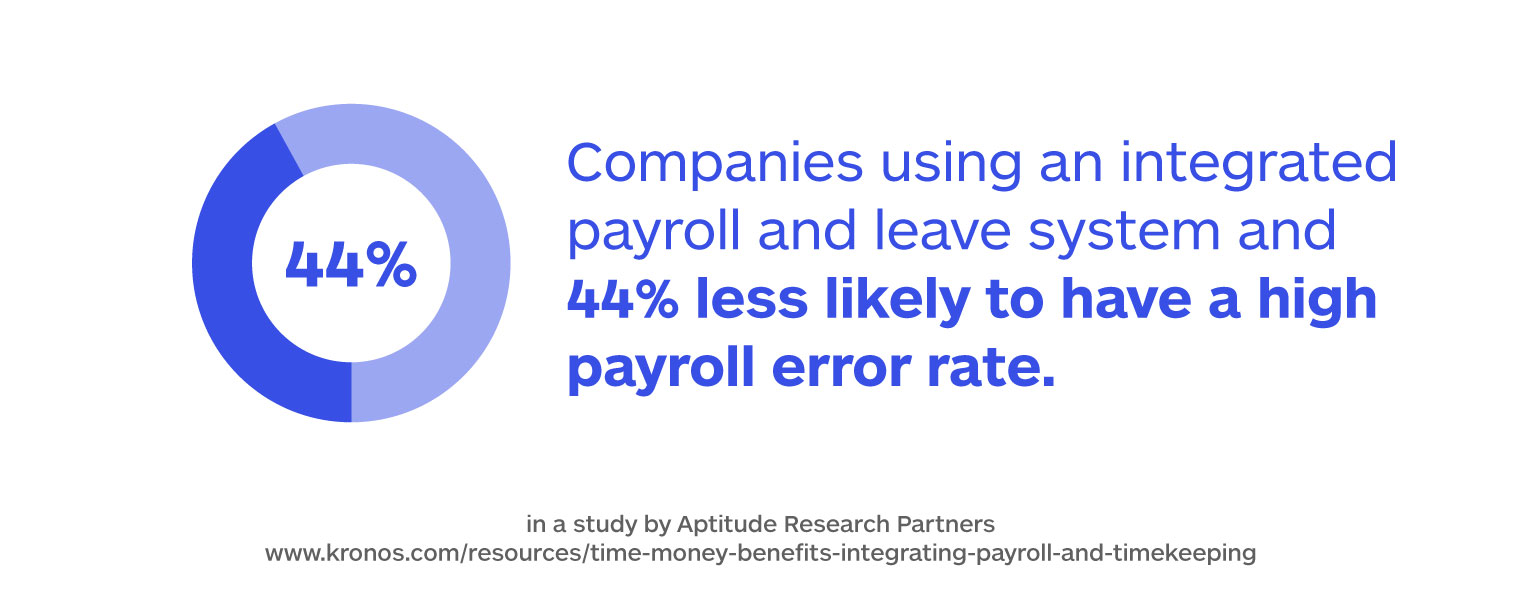
The more the business' information systems are integrated – not just payroll and leave but all HR and people management tools – the more accurate employees' leave entitlement and pay calculations will be. This is especially important for businesses that have workers on irregular hours and/or pay rates.
The simplicity of an all-in-one solution
Growing the business is a major goal for any company, but rapid expansion and taking on extra staff can expose a lack of accuracy and cohesion in your leave management and payroll systems.
Pacific Destinations (NZ) Ltd is a travel management company with over 50 employees. The business used to handle their people processes in-house, but found as it grew, management couldn't keep up with administration and oversight.
A switch to a modern HR service with full payroll integration has provided an all-in-one system for the company, with centralised, self-service accounts for every employee.
This has streamlined leave and pay management, and eliminated the irregularities and double-handling errors Pacific Destinations used to encounter.
